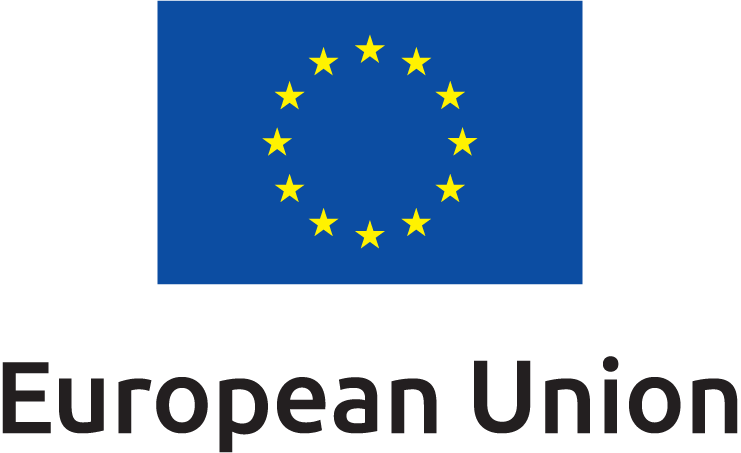Work methodology
Conceptual phase
The project specification is the initial step, outlining the objectives, functional and non-functional requirements, constraints, and expected outcomes.
Based on the specification, a conceptual project is developed, presenting a general concept of project implementation, technologies, architectural solutions, and estimated cost and schedule.
Subsequently, the FlexSim business process simulation tool is used to test and evaluate the system's performance before implementation.
Simulation allows for the analysis of various scenarios, identifying issues, and optimizing processes. The simulation results, along with other analyses, are presented to decision-makers or the client for project concept approval.
Decision-makers can familiarize themselves with the project, understand the action plan, and assess feasibility and effectiveness.
Upon approval, the project proceeds to subsequent phases.
Design phase
The verification of the project concept aims to confirm feasibility and compliance with the approved concept.
Additional analyses, consultations, and tests are conducted to validate feasibility and expected results.
The project team then develops a detailed mechanical and automation design, considering parameters, dimensions, safety, and technical standards.
Simultaneously, software required for system control is created and integrated with the mechanical design.
Following the completion of the project, mechanical and electrical assembly is carried out according to the design documentation and safety regulations.
Post-assembly, a preliminary system start-up is performed, testing functionality, integration, performance, and compliance with requirements.
Test results are evaluated before final tests and system acceptance.
Implementation phase
During the implementation phase, logistics are prepared, and transportation, deliveries, and assembly schedules are planned.
Subsequently, the staged assembly and installation of the system at the client's site begin, following the design documentation and safety regulations.
After installation, system commissioning takes place through acceptance tests at the factory, confirming compliance with requirements and readiness for use.
Following commissioning, the investor's personnel receive training in system operation and management.
Throughout the implementation phase, final documentation is also created, containing information about the system, operating procedures, and maintenance.
After completing training and project verification, the system may undergo CE certification if required.
Warranty is provided after passing tests, and post-warranty service agreements can be signed to define the scope of services and maintenance schedule.
System Development
Adaptation to New Tasks
The project does not end with the implementation phase but can be further developed and adapted to new tasks. The system can be easily adapted to changing needs and requirements, allowing for its long-term use and effectiveness.
System development may include modifications, expansion, or integration with other systems, depending on the client's needs. This adaptability allows the system to evolve with technological advancements and changing business environments. The capability to adapt to new tasks ensures the system's utility and value even after prolonged use.
The above project realization methodology ensures a comprehensive approach to system creation and implementation. With defined phases and development flexibility, the project can be effectively executed, and the system can be adjusted to dynamic requirements and changing environments. This enables achieving optimal performance and customer satisfaction.

